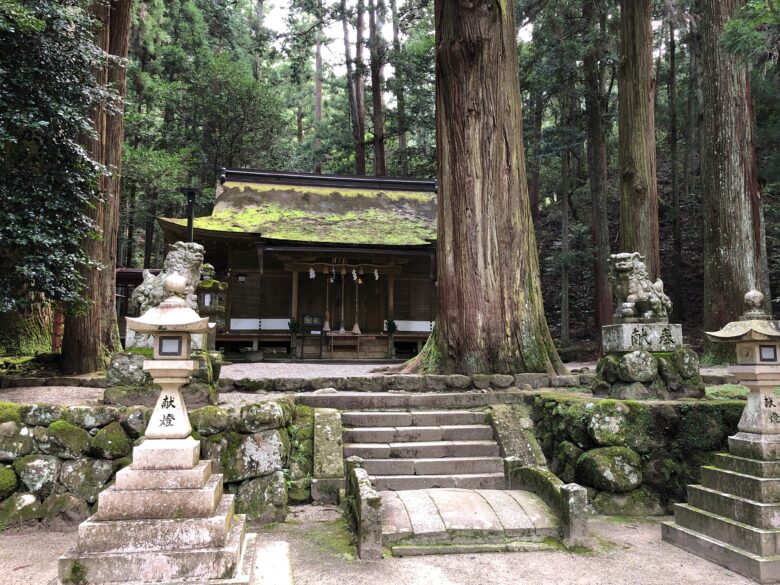Are you looking for a cultural experience that will transport you to ancient times? Look no further than Japan's first shrine! This historical site offers a glimpse into the country's rich past and has a unique significance for Japanese people. The first thing you'll notice upon arrival is the impressive architectural design. The layout and features are carefully crafted to reflect the shrine's importance, and the materials and techniques used add to the overall sense of reverence. But it's not just the physical structure that's fascinating - the rituals and ceremonies performed here are equally awe-inspiring. Witness the annual rebuilding ceremony, the Kagura dance ritual, and the Haiden worship hall, which all have significant meaning and cultural significance. The history of the first shrine is just as captivating. Legends and myths are associated with this site, including the creation myth of Japan and the Sun Goddess Amaterasu. The legendary founding of the shrine is a captivating story that highlights Japan's rich cultural heritage. As you walk around the grounds, you can't help but feel a sense of wonder and admiration for the dedication and craftsmanship that went into creating this stunning shrine. It's become an integral part of Japanese history and culture and something that should not be missed.
Architecture of the First Shrine
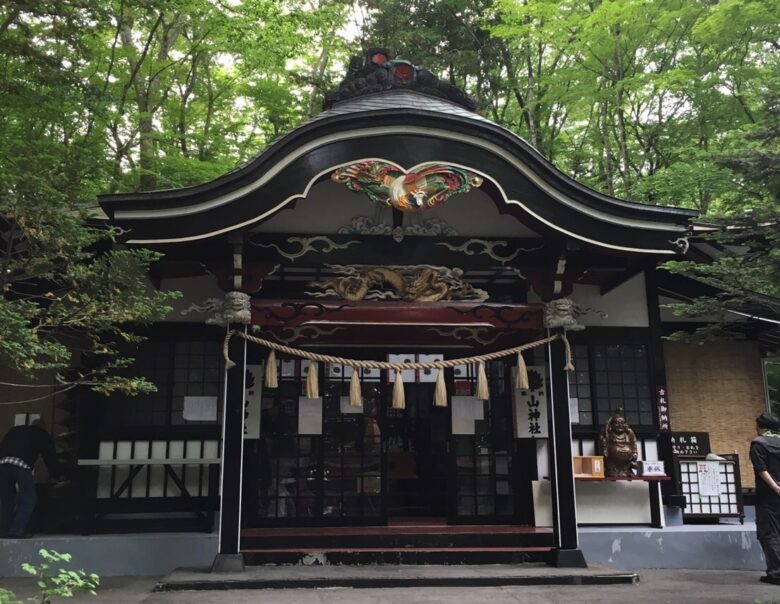
When it comes to unique and fascinating architecture, Japan's first shrine definitely makes it to the top of the list. This ancient structure has been standing strong for centuries and is still visited by thousands of people every year. Let's take a closer look at what makes the architecture of the first shrine so special. The design and layout of the first shrine are truly impressive. The shrine, built in 4 BCE, follows an architectural style that is considered rare for its time. Instead of following the traditional post and lintel structure, the first shrine was designed with a unique key-stoned structure. This allowed for the use of much larger stones, which was not possible with the traditional style. The result is a stunning and robust structure that has withstood the test of time. But it's not just the design that makes the first shrine stand out. The significance of the features used in the construction are also important. The main pillars of the shrine are made from single, huge trees known as cypress trees. The cypress trees are considered holy in Japan, and their use in the construction of the shrine adds to its sacredness. In addition to its unique design, the materials and techniques used in constructing the first shrine are noteworthy. The shrine was built using a process called "dodomeki," which involves layering stones on top of each other without any binding substance. This technique, combined with the larger stones, made the structure even sturdier. The end result is a magnificent structure that has lasted for over two millennia. Visiting the first shrine is an experience to remember. Its architecture, combined with its rich history and cultural significance, makes it a must-visit destination. Whether you're an architecture enthusiast or simply interested in learning about Japan's history and culture, the first shrine is definitely worth a visit.
Rituals and Ceremonies at the First Shrine

Rituals and Ceremonies at the First Shrine Visitors to the first shrine are mesmerized not just by its beautiful architecture, but also by the numerous rituals and ceremonies that take place at the shrine all year round. From music and dance to traditional worship, these events are important not only for locals but also for visitors who wish to have a deeper insight into Japanese culture. The Annual Rebuilding Ceremony, for instance, is a major event that takes place every 20 years. It involves the complete rebuilding of the main shrine buildings, which are then reconstructed following traditional methods and materials. This is a remarkable event, as it allows visitors to witness how traditional architectural techniques have been preserved over centuries. Moving on, the Kagura Dance Ritual takes place several times a year, and is a colorful dance performance that dates back to ancient times. It is a performance that takes place in the Kagura-den, and is characterized by its dynamic movements and music, as well as the colorful costumes worn by the performers. The Haiden Worship Hall is also a popular spot, as it is where traditional Japanese rituals are held throughout the year. It is an important location for worshippers, as they come to pray and pay their respects to the deities believed to reside here. Visitors too can participate in these rituals and ceremonies, learning about the history and culture of this sacred site. As for non-religious events, there are plenty of festivals and cultural events also held at the first shrine. One such festival is the Cherry Blossom Festival, which attracts many visitors each year. The festival is held around late March to early April, the time of the year when the cherry blossoms are in full bloom, rendering a beautiful view of the shrine. In short, the first shrine is not just an architectural marvel, but also a place where visitors can experience and participate in Japanese culture and tradition. Whether you're interested in music and dance, or history and traditions, there is something for everyone at the first shrine.
Myths and Legends associated with the First Shrine
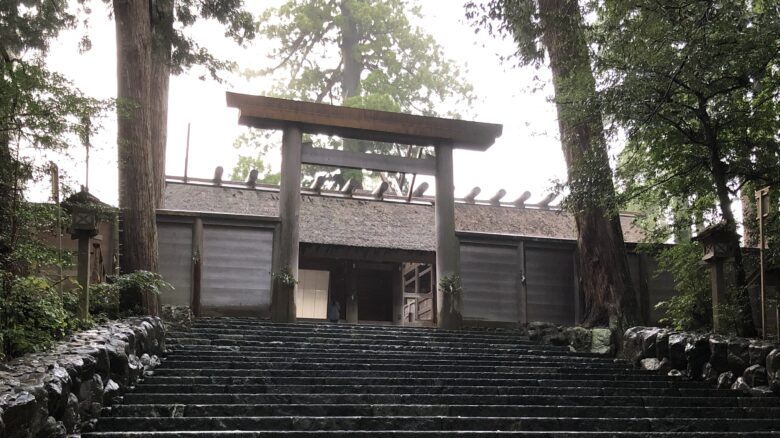
Myths and Legends associated with the First Shrine: Let's get to the exciting part! The myths and legends surrounding the Izumo Taisha (First Shrine) are the stuff of legends themselves. It is believed that this shrine is the center of Japan's Shinto religion and the founding place of Japan's oldest mythologies. The Creation Myth of Japan is a fascinating tale of Japan's birth. According to the myth, Izanami, the goddess of creation, gave birth to Japan's islands. Izanagi, her partner, created other gods and goddesses. The Union between Izanami and Izanagi gave birth to Amaterasu, the sun goddess. Amaterasu and her siblings are believed to have established the hierarchy of gods and goddesses throughout Japan. Now, let's talk about the most popular deity in Japan, Amaterasu, the Sun Goddess. She is a significant figure in the founding of the First Shrine. The story goes that when Amaterasu's brother, the storm god Susanoo, upset her with his mischievous behavior, she retreated to a rock cave. The world below became dark, and the gods feared that without Amaterasu, there would be no light. So, they had to lure her out of hiding, which worked with a divine dance performance. This event is celebrated annually in the Kagura Dance Ritual at the First Shrine. And how did the First Shrine come into existence? Legend has it that it was founded by the god Okuninushi no Mikoto, who is believed to be the first god to rule the Izumo Province. Before his death, Okuninushi transferred his power to his descendants, who shared the responsibility of governing Izumo. Even after the arrival of Buddhism and its temples in Japan, Okuninushi retained his status as the protector of the region. So, if you're interested in mythology, then a visit to the First Shrine is a must. The legends surrounding this Shrine will undoubtedly provide an enriching and gratifying experience. You can tell your friends that you have seen the "center" of Japan's myths and legends. Ooh, exciting!
Visitor Information for the First Shrine
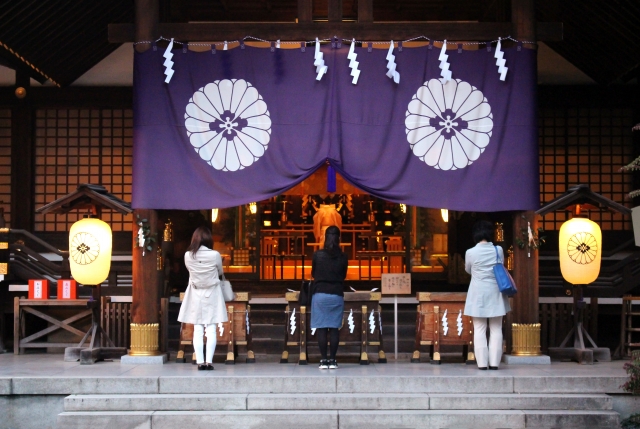
Visiting the first Shrine in Japan can be an exciting yet daunting experience, particularly if it’s your first time there. Exclusive traveler alert: get ready to immerse yourself in the vibrant culture and tradition of this historical marvel. Here’s what you need to know before you go. The first Shrine is situated at the heart of Japan, near the ancient capital of Kyoto, and it’s easily accessible by public transportation. Whether you’re traveling by train or taking a taxi, you’ll be able to locate the Shrine without any trouble. Once you arrive, be prepared to do some walking, as the Shrine is spread out over a large area. But don't worry; there are wheelchairs on site if you need them. As for the hours of operation, the Shrine is open every day from early morning to late evening. No matter when you visit, you’re guaranteed an unforgettable experience. The admission fees are very reasonable, and you get to see don't miss out on the Shrine's rich history and beautiful architecture. Did we mention the photogenic Shinto-inspired gates and stunning garden teahouses? If you’re interested in learning more about the history and significance of the Shrine, free guided tours are available. However, be aware that they may be provided in Japanese, so don't forget to bring along your language app. Alternatively, you can participate in a traditional workshop, such as making wagashi sweets or trying the art of flower arrangement; it's a fantastic way to experience authentic Japanese culture. All in all, the first Shrine is not only a must-see tourist attraction but also a symbol of the rich cultural heritage of Japan. Whether you're religious or not, you can't help but feel the spiritual energy of the site. So, go ahead and travel back in time to a land of myth and legend, where you'll discover the secrets of ancient Japan.
The Future of the First Shrine
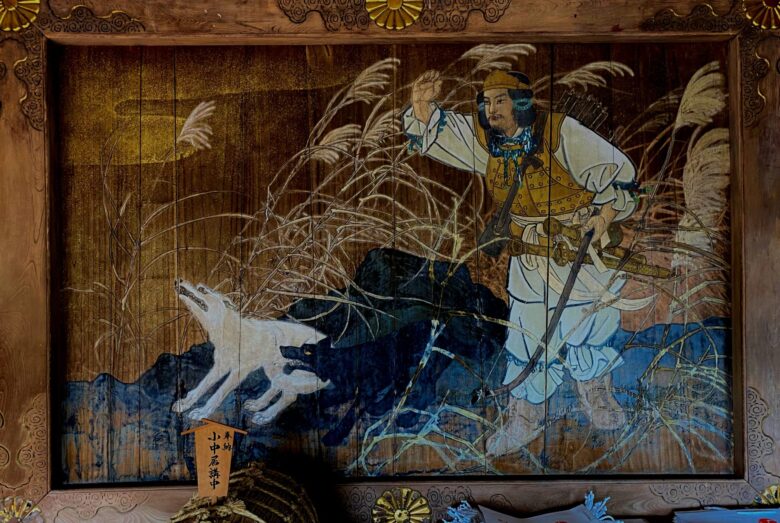
As one of Japan's oldest and most revered shrines, the First Shrine holds a significant place in the country's cultural heritage. As a result, it has become imperative to preserve and restore this ancient structure for future generations. Various measures have already been taken to ensure the longevity of the First Shrine. Preservation efforts include regular inspections and maintenance, as well as the use of traditional building techniques and materials for repairs. In addition, restoration efforts have been undertaken to bring the shrine back to its original condition, with the latest being a grand restoration that concluded in 2013. However, challenges remain in the maintenance of the shrine, including the risks posed by natural disasters such as earthquakes and typhoons. As Japan grapples with a rapidly aging population and increased pressure on resources, it has become increasingly difficult to secure funding for further restoration work. Despite these challenges, the future of the First Shrine remains bright. In recent years, there has been a renewed focus on preserving Japan's cultural heritage, with more resources allocated to the upkeep of ancient buildings and monuments. In addition, the First Shrine has become an important tourist attraction, with visitors coming from all over the world to witness its beauty and historical significance. As Japan continues to evolve and modernize, the First Shrine remains a steadfast symbol of the country's ancient traditions and culture. By ensuring its preservation and restoration, we can continue to share this cultural treasure with future generations, while also preserving our national identity.
Conclusion
You've made it to the end of the blog, and congratulations, you are now aware of the mesmerizing beauty of Japan's first shrine. With its ancient architecture, rich history, and captivating rituals and ceremonies, the first shrine is undoubtedly a must-visit destination for anyone interested in exploring Japan's culture and tradition. Moreover, the myths and legends surrounding the shrine add a level of intrigue that is hard to resist. And if you do decide to make your way to the first shrine, worry not, for visitor information is readily available, and with preservation and restoration efforts in place, the shrine is sure to remain an essential piece of Japan's past, present, and future. So what are you waiting for? Book your tickets now and experience the magic of the first shrine for yourself!

